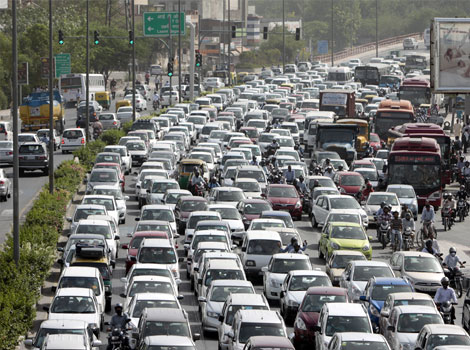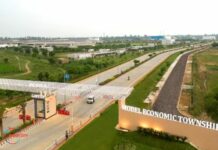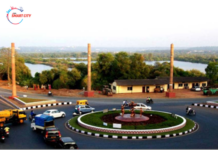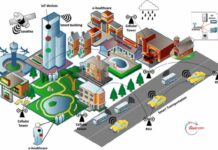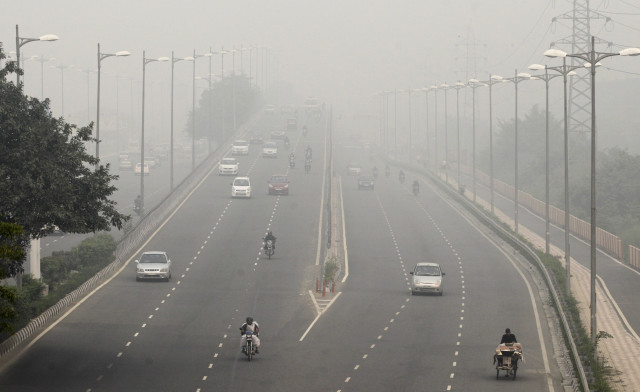
There’s more bad news for the New Delhi residents: air pollution levels in the national capital is much worse than the levels that led World Health Organisation (WHO) to brand the city as the world’s most polluted city.
According to a US scientist Joshua Apte, average levels for different pollutants are 1.5 to 8 times higher on the road than in the urban background from where ‘official’ readings are taken. The government keeps its air monitors on top of buildings, far from primary pollution sources like highways or industrial plants, to get a good average for the entire area.
“The concentration at urban background sites, where these official monitors are, is already very high,” Apte said. His readings are “some of the highest levels in air pollution made inside vehicles anywhere in the world”. The level of pollution is alarming as half of Delhi lives within 300 metres of a major road. “Most people spend a lot of time in traffic in India, sometimes one, two or three hours a day.”
Outdoor air pollution kills more than 6.3 lakh people in India every year, and vehicles are a major source of air pollution. Experts say, unless India raises fuel standards to international norms, pollution levels will escalate with rising vehicular population. Levels of PM2.5—the tiny particulate matter believed to cause the most damage to human health—could increase three-fold by 2030, according to a study this month by The Energy and Resources Institute in Delhi, University of California, San Diego and California Air Resources Board.
Delhi launched an air quality index in November that reduces the ambient readings to a single daily number indicating whether the air is healthy, poor, harmful or hazardous. But Apte said such indices don’t help residents understand exactly what risks they face.
To highlight the huge differences between official readings and ground-level pollution along roads, the US scientist made two rush-hour drives from the city centre to a southeast suburb in an auto every day. On a fourth of his visits, he developed bronchitis.
He found that not only are the rush-hour levels of PM2.5 about 50 percent higher than official figures but also pollution shoots up when a smoke emitting vehicle passes by. The average level of ultrafine particles, especially tiny forms of PM2.5, was more than eight times higher and Apte’s equipment malfunctioned when he initially tried to measure it. Levels of black carbon, a good indicator of diesel exhaust and poorly tuned engines, were more than three times higher than the ambient readings.


